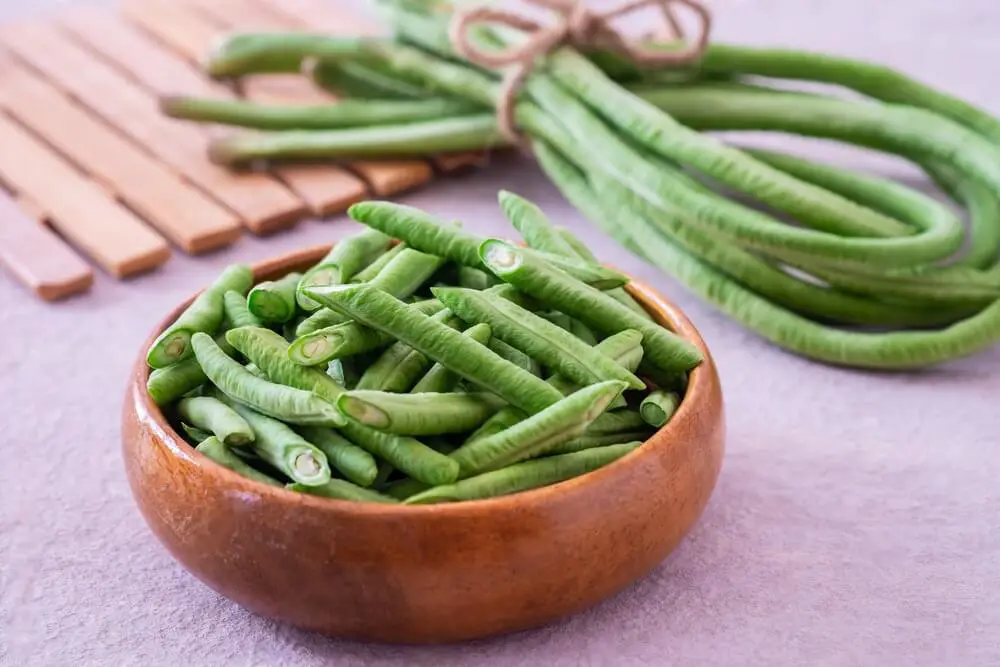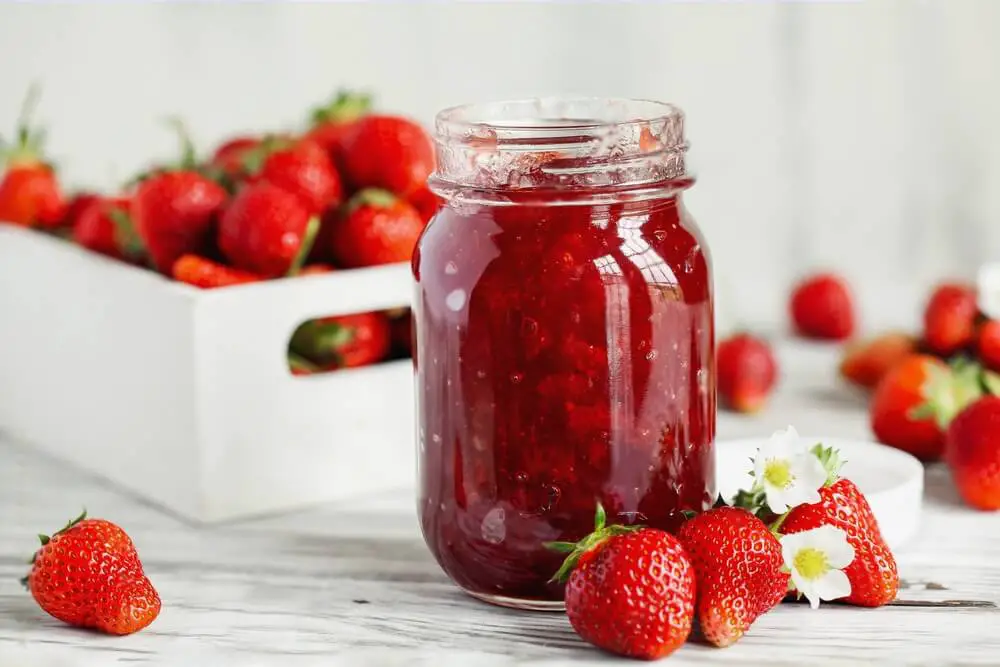When it comes to beans, most folks are familiar with the trusty green bean. Those vibrant, crunchy pods have graced dinner plates for generations. But have you ever ventured into the world of yard long beans? These lengthy legumes are like the green bean’s cooler, more exotic cousin. But today, we’re not diving into the classic beans debate; we’re pitting two delicious green contenders against each other – Yard Long Beans vs. Green Beans. Buckle up, dear reader, because this culinary clash is about to unfold in a most delightful manner!
The Great Bean Face-Off
Yard Long Beans (Vigna unguiculata)
Let’s kick things off with the underdog, the yard long bean. Also known as asparagus beans or Chinese beans, these fellas hail from a different bean genus altogether – the cowpea genus. They grow in regions with warm, toasty temperatures, often gracing the tables of Africa and parts of Asia.
Appearance and Length: Yard long beans are famous for their, well, yard-long pods. These bad boys can stretch up to a whopping 90 cm (that’s 3 feet for the imperial system enthusiasts among us). Compare that to the puny 12 cm of green beans, and you’ve got yourself a serious contender for the longest bean pod in town. It’s like yard long beans are the basketball players of the bean world.
Pods: Yard long bean pods come in various shades, from pale green to brown and even purple. They’re smooth, but sometimes they like to get a little fancy and go linear, curved, or coiled. Green beans, on the other hand, are more traditional – long and slender, but they don’t pull off the acrobatics that yard long beans do.
Growing Conditions: Yard long beans are sun worshippers. They thrive in warm climates, where temperatures dance between 65°F and 85°F. Green beans also prefer warmth but can tolerate a wider temperature range. They’re like the adaptable cousins who can handle both sweltering summers and chilly fall evenings.
Plant Personality: Yard long bean plants are climbers. They need a little support to reach their full potential. Green beans can go either way – they’re like the Swiss Army knives of the bean world, with both bush and pole varieties available. Plus, both beans have that magic power to fix nitrogen in the soil, making them great buddies for your garden’s overall health.
Taste Test: Yard long beans bring a robust, asparagus-like flavor to the table. Some folks even call them asparagus beans because of this distinctive taste. Green beans are sweet but tend to play it safe. Yard long beans, however, are the bold extroverts at the bean party.
Culinary Capers: When it comes to cooking, both yard long beans and green beans play nicely. Their pods and seeds are both fair game. You’ll often find them in stir-fries, salads, and all sorts of recipes that call for that delightful crunch.
Nutrition Showdown: In the battle of the beans, the nutritional content is a tie. Both yard long beans and green beans are low-calorie champs packed with vitamins (like vitamin C), essential minerals (hello, iron, potassium, magnesium, and calcium), and protein. They’re basically the superheroes of the vegetable world, keeping your body fueled and healthy.
The Green Bean Heavyweight
Green Beans (Phaseolus lunatus)
Now, let’s give credit where credit is due – green beans have been culinary staples for ages. They belong to the common bean family, Phaseolus lunatus. When you picture a classic bean, it’s probably a green bean.
Size Matters: Green bean pods, while not as flashy as their yard long cousins, have a certain elegance. They’re long, slender, and undeniably green – hence the name. These pods are about 12 cm (or 5 inches if you’re feeling imperial) of pure green goodness.
Versatility: Green beans are the all-purpose beans of your kitchen. Whether you’re stir-frying, steaming, or tossing them in a salad, they’re up for the challenge. They’re like the dependable friend you can count on for any culinary escapade.
Temperature Tolerance: While green beans prefer warmth like their yard long counterparts, they’re more flexible. They can handle a broader range of temperatures, making them the laid-back beans of the bunch.
Plant Personalities: You get to choose your adventure with green beans. Want a neat and compact garden? Go for bush beans. Need to save space or fancy growing them on a trellis? Opt for pole beans. Green beans offer versatility in both gardening and cooking.
Taste: Green beans bring a mild, sweet flavor to your dishes. They’re like the gentle breeze on a warm summer day – pleasant, soothing, and always welcomed.
Yard Long Beans vs. Green Beans: The Verdict
In the ultimate battle of the beans, who comes out on top? Well, it depends on what you’re looking for in your culinary adventures.
Choose Yard Long Beans If:
- You crave the thrill of something new and exotic.
- You’re a fan of bold, asparagus-like flavors.
- You want to impress your friends with foot-long bean pods.
- Your garden basks in warm, tropical temperatures.
Opt for Green Beans If:
- You appreciate the classics and prefer a milder flavor.
- You need a bean that can handle various temperature ranges.
- Versatility in cooking and gardening is your jam.
- You’re okay with regular-length bean pods – they’re still delicious!
In the end, whether you’re Team Yard Long or Team Green, both beans have their unique charms. Your choice depends on your taste preferences and gardening conditions. So, why not plant a row of each and enjoy the best of both bean worlds? Happy bean growing and cooking!



